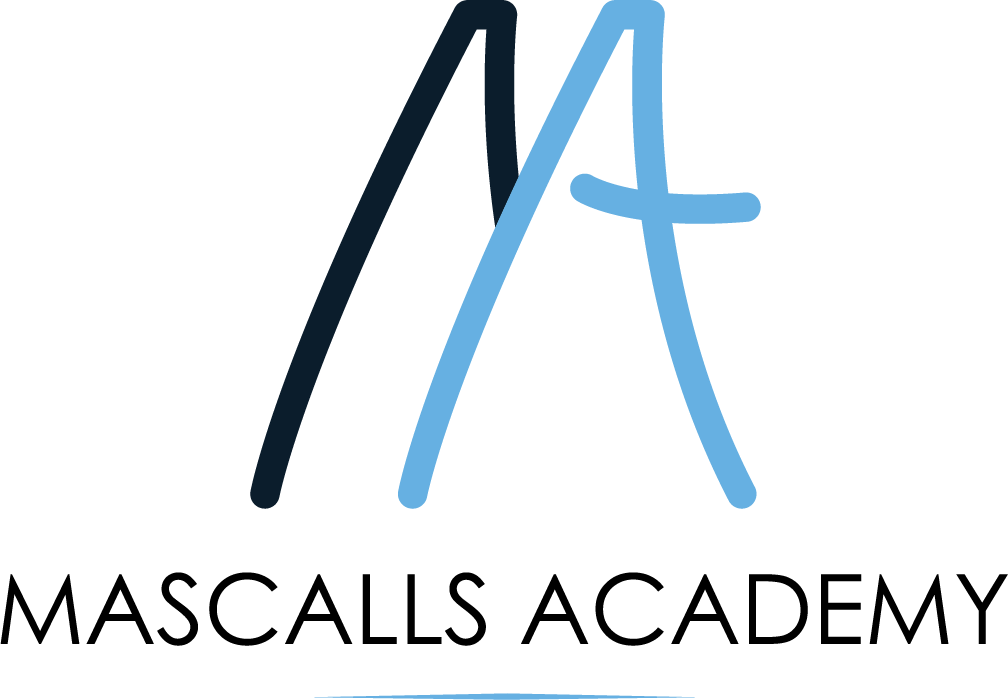Solo technique phrases to develop key skills, interpreting instruction to create phrases, analyse GCSE professional work of A Linha Curva and apply knowledge to own practice, develop communication with peers through creative tasks. Teacher taught duet to develop key skills, interpreting instructions to create contact phrase.
Statement of Inquiry
Non-verbal communication in teams can be presented through play.
Key Concept(s)
Communication
Related Concept(s)
Presentation
Play
Global Context
Identities and Relationships
Interpretation of initial stimulus, development of ideas working in groups, communicating ideas to peers and teacher, working creatively to make ideas into movement. Presentation of final piece through performance.
Understand how interpretation informs final creation. Gain knowledge of how a variety of stimuli can affect choreographic intentions. Develop analysis skills of professional work. Develop performance material and be able to apply physical, expressive, technical and mental skills. Understand how to present a choreographic intention to an audience. Understanding what is a choreographic intention that allows space for change throughout a creative process.
Statement of Inquiry
Interpretation can change composition and final creation.
Key Concept(s)
Change
Related Concept(s)
Interpretation
Composition
Global Context
Personal and Cultural Expression
Develop knowledge of different dance styles focusing on Musical theatre. Learn material from musicals and apply character to performance, work creatively to develop own choreography in the style being taught. Perform taught material and own choreography.
Gain knowledge of how to explore different artistic processes and how aesthetics can affect an audience. Understand how to apply expression within performance and be able to apply physical, expressive, technical and mental skills in performance. Understand how to communicate choreographic intention to the audience through movement.
Statement of Inquiry
Artistic and cultural expression can influence the purpose of a message communicated to the audience
Key Concept(s)
Communication
Related Concept(s)
Audience
Expression
Global Context
Personal and Cultural Expression


